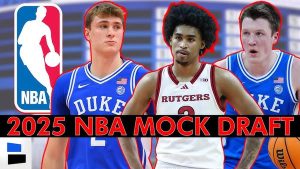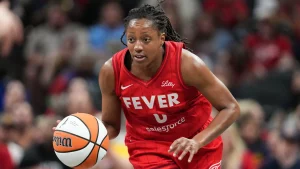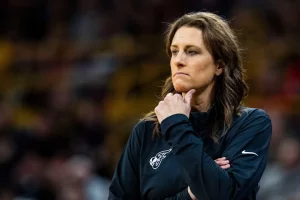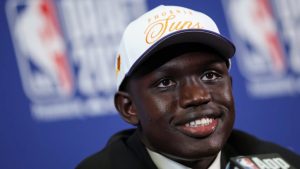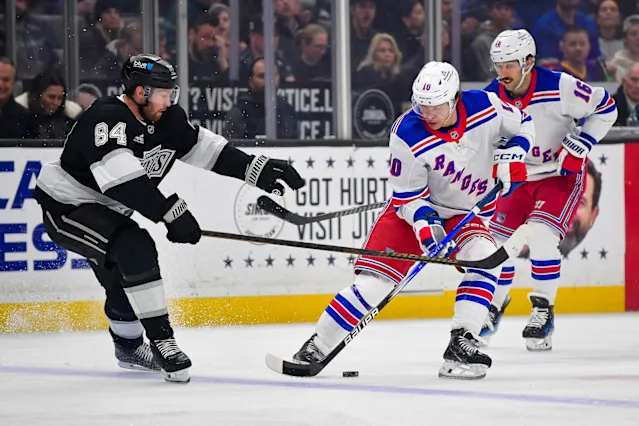
The New York Rangers have made it abundantly clear this offseason that standing still is not an option. After a promising start to the 2024 campaign dissolved into a disappointing playoff exit, the Blueshirts’ front office is moving aggressively to reshape the roster and inject new energy into a team that has underperformed when it mattered most. These moves are not just about talent—they’re about culture, urgency, and correcting a course that veered dangerously off path last season.
The Rangers’ 2024 playoff journey came to a screeching halt in the Eastern Conference Final, a painful reminder that regular-season success doesn’t always translate into postseason glory. After racking up 110 points during the season and claiming the Metropolitan Division title, the Rangers were widely viewed as legitimate Stanley Cup contenders. But the wheels came off against a battle-tested Carolina Hurricanes squad, exposing flaws in both depth and consistency. It was a bitter pill to swallow for a team built to win now. And judging by the early moves of this summer, Rangers management isn’t interested in repeating history.
The first signal of serious change came when the front office decided to part ways with defenseman K’Andre Miller. A staple on the blue line for several seasons, Miller had been viewed as a key piece of the franchise’s future. But the Rangers opted to trade him to the Carolina Hurricanes in a deal reportedly centered around draft pick compensation. The move shocked many fans but also sent a clear message: no player is untouchable, and performance—especially in the playoffs—matters more than potential.
Miller’s departure opened the door for a reimagined defense corps. The Rangers quickly filled the gap by bringing in veteran defenseman Scott Mayfield, formerly of the New York Islanders. Mayfield, known for his rugged play and postseason experience, brings a more physical and stay-at-home style to the Rangers’ blue line. While he may not have the same offensive upside as Miller, his no-nonsense approach could be just what the Rangers need to stabilize their defensive zone against elite competition.
But defense wasn’t the only area of focus. New York also made a point to lock up emerging talent before contract drama could unfold. Forward Will Cuylle, a restricted free agent, was signed to a two-year contract extension. Cuylle, who showed flashes of brilliance during the regular season, is expected to take on a larger role in the 2025 campaign. His physical edge and developing scoring touch make him a versatile asset in both bottom-six and top-six rotations. Retaining him was a critical step in maintaining organizational continuity while reshaping key areas of the roster.
Perhaps the most intriguing part of the Rangers’ offseason, however, has been their strategic additions that fly under the radar. While blockbuster names like Patrick Kane and Vladimir Tarasenko were linked to New York in the past, this time around the team is favoring a more calculated approach. One such move was acquiring a former Rangers defenseman—whose identity has yet to be formally announced by the team—by way of the Seattle Kraken. This “stealthy” acquisition is rumored to bring experience and locker room presence, potentially indicating the team’s desire to shore up intangible qualities that are often missing during high-pressure playoff moments.
Internally, the Rangers’ brass is doubling down on head coach Peter Laviolette. Despite the playoff shortcomings, Laviolette’s structured system and veteran demeanor were widely praised throughout the regular season. The front office appears to believe that with the right supporting cast and a refreshed locker room dynamic, Laviolette can guide this team deeper into the postseason. The key difference this year: there’s little tolerance for excuses.
Goaltender Igor Shesterkin remains the foundation upon which this entire structure is built. The 2022 Vezina Trophy winner endured a somewhat inconsistent campaign by his own lofty standards but showed flashes of elite brilliance when it mattered. The Rangers know that if they can surround him with the right pieces—players who commit to both ends of the ice—Shesterkin has the potential to steal games, series, and possibly a championship.
The offensive core still boasts high-end firepower. Artemi Panarin continues to be the heartbeat of the attack, while Chris Kreider’s net-front presence and Mika Zibanejad’s two-way excellence remain invaluable. However, there’s increasing pressure on younger talents like Alexis Lafrenière and Filip Chytil to take the next step. Lafrenière in particular had a breakout regular season but needs to prove he can be a playoff difference-maker. The Rangers’ belief in his potential is unwavering, but the clock is ticking on patience translating into production.
Another key point of emphasis for the Rangers is toughness—both physical and mental. The front office has hinted through their roster decisions that they’re prioritizing grit, resilience, and players who won’t shrink under playoff pressure. That’s where signings like Mayfield—and potentially others still to come—fit the mold. These aren’t just hockey moves; they’re psychological recalibrations for a team that has at times wilted in adversity.
Off the ice, leadership remains crucial. Jacob Trouba, the team’s captain, faced criticism for inconsistent play during the postseason. Still, his voice in the locker room is respected, and there’s little indication the Rangers plan to shift the captaincy. However, management will likely demand more vocal accountability from core veterans, especially during turbulent stretches. The new leadership group, including assistants and newly added veterans, must cultivate a locker room culture that thrives under pressure rather than collapses under it.
Salary cap management is another key piece of this evolving puzzle. With limited room to maneuver, Rangers General Manager Chris Drury is being forced to make tough, calculated decisions. Letting go of fan favorites or highly-touted prospects is never easy, but cap-era hockey demands painful sacrifices for the greater good. The hope is that these moves are surgical, not rash, and that the cumulative effect is a team built for long-term contention, not just fleeting success.
In terms of outlook, the Metropolitan Division remains as unforgiving as ever. Carolina, Pittsburgh, and New Jersey have all made moves to strengthen their own cores, while upstart teams like Washington are retooling with renewed urgency. There are no soft spots in the East. The Rangers will need to come out of the gate strong, maintain consistency, and avoid the prolonged slumps that plagued them during previous seasons.
Fans, for their part, are cautiously optimistic. The wounds of last season’s exit are still fresh, but the early signs of boldness this offseason have resonated. There’s an understanding that the window for this core group to win a Stanley Cup is still open—but it’s narrowing. The fan base demands accountability and, more importantly, progress. A first-round exit in 2025 would not just be disappointing; it would be unacceptable.
As July progresses and free agency continues, don’t be surprised if the Rangers have more moves up their sleeve. Whether it’s a mid-tier scoring winger, a penalty-killing specialist, or a locker room glue guy, every addition now carries outsized importance. This is no longer a team just trying to make the playoffs. It’s a team that has tasted the bitterness of failure and is hungry for redemption.
Ultimately, this offseason is shaping up to be a turning point for the Rangers. The aggressive shake-up signals a franchise not content with mediocrity, not satisfied with hollow promise, and fully aware that time waits for no one in the chase for Stanley Cup glory. The talent is there. The experience is growing. Now, the Rangers must turn bold intent into cold-blooded execution—or risk letting another golden opportunity slip through their fingers.
